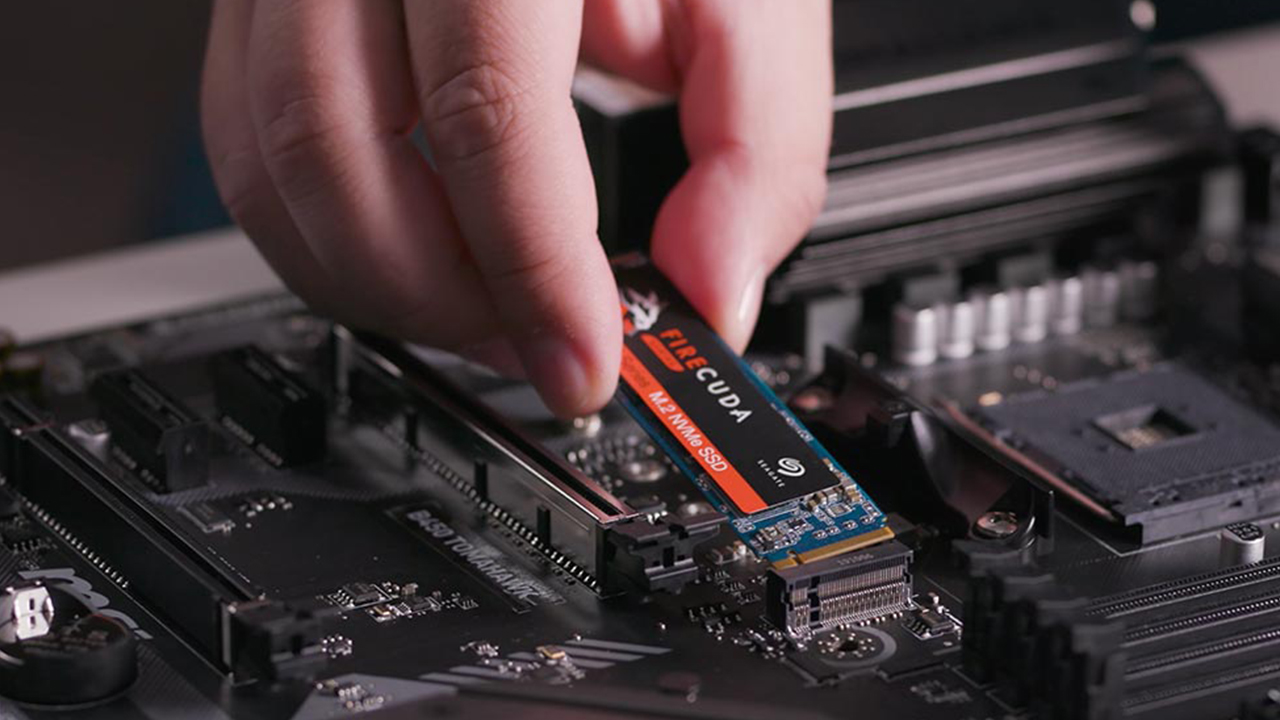The rapidly growing demand for AI hardware continues to disrupt the semiconductor market. According to recent reports, delivery times for enterprise-class HDDs have exceeded two years.
An SSD crisis is looming
This has led large companies to turn to SSDs as a storage solution. Large AI centers, in particular, are purchasing high-capacity QLC NAND drives in bulk to mitigate supply chain issues.

QLC SSDs are known to be more affordable but less durable than their TLC-based counterparts. Data centers’ preference for QLC directly impacts the price balance in the consumer market. Analysts predict that if this trend continues, QLC sales will surpass TLC and become the market standard by early 2027.
According to reports, some manufacturers have already reached full capacity by 2026, and AI companies are already stockpiling NAND chips. This suggests that SSD shortages may occur in both the enterprise and consumer segments in the near future.
Furthermore, growth in the AI sector is impacting not only GPUs and accelerators, but also CPUs, RAM, networking hardware, and storage infrastructure.
The most concrete example of this pressure is the increase in DRAM prices, which have increased by up to 50 percent in recent weeks. As a result, major manufacturers like Samsung and SK Hynix have reportedly restricted production of standard DDR5 RDIMMs and redirected their resources to more profitable AI hardware.
This entire picture is seen as a precursor to a new wave of price increases that will impact both storage and memory users in the coming months.













